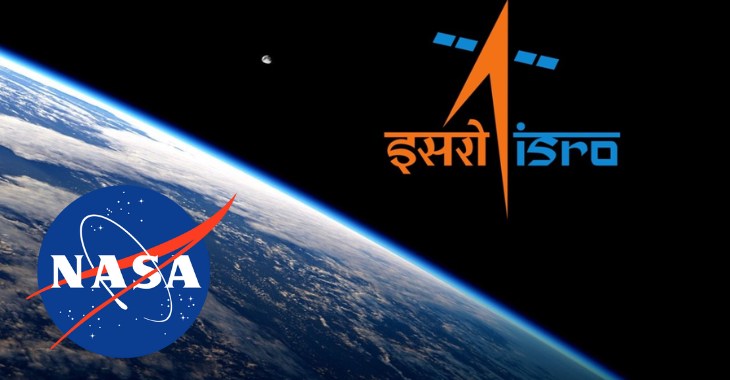NASA and ISRO Join Forces for Joint Space Mission to Map Earth Every 12 Days
- ByStartupStory | November 15, 2023

NASA-ISRO Synthetic Aperture Radar (NISAR) is on track for launch in the first quarter of 2024, following essential tests, particularly those related to vibration, as confirmed by NASA officials. Speaking during a media interaction in Bengaluru, NASA NISAR Project Manager Phil Barela stated, “ISRO is projecting the first quarter of next year. So, I mean, that’s ready.” The anticipated launch of NISAR, pronounced ‘Naisar,’ is expected to take place “not earlier than January” from the Satish Dhawan Space Centre at Sriharikota, utilizing the ISRO geosynchronous satellite launch vehicle (GSLV) Mark-II.
The mission, with a duration of three years, aims to survey all of Earth’s land and ice-covered surfaces every 12 days, starting after a 90-day satellite commissioning period. Phil Barela highlighted pending key tests, mentioning, “The vibration testing that’s underway, but there’s a whole slew of performance tests that we need to do.” He emphasized the necessity of battery and simulation tests to ensure the system’s optimal functionality, stating, “We’ll be doing performance testing on the radars and various spacecraft electronics. So, a lot of testing remains but the big environments test, the only one remaining now, is vibration.”
Dr. Laurie Leshin, NASA Jet Propulsion Laboratory Director, expressed optimism about the NISAR project, describing it as “better than anything that was flown in the past.” She emphasized the project’s enhanced capability, saying, “While there are datasets from past missions that can form sort of a baseline, this is a new level of capability that we will have with NISAR.” Leshin highlighted the importance of NISAR’s potential for extended missions, stating, “If it’s working very well, we will almost certainly extend that mission to get that longer baseline. It is a very important thing to see the Earth change on multi-year timescales. This is what we are looking for.”
NISAR, a joint project between ISRO and NASA, is set to map the entire globe in 12 days, providing consistent data for understanding changes in Earth’s ecosystems, ice mass, vegetation biomass, sea level rise, ground water, and natural hazards. The project aims to grasp the dynamics of carbon storage, ice sheet responses to climate change, sea ice interactions with climate, and impacts on global sea level rise.
The satellite, with a mass of approximately 2,800 kg and the size of an SUV, will be powered by two solar arrays generating around four kilowatts of power. Equipped with synthetic aperture radar instruments and antennas, NISAR’s capabilities include detecting even minor changes of one centimeter from space. The spacecraft bus, standing at six feet tall, will support command and communication systems, radar antenna reflectors, and their booms, with enough fuel for at least five years of operations, according to NASA.









